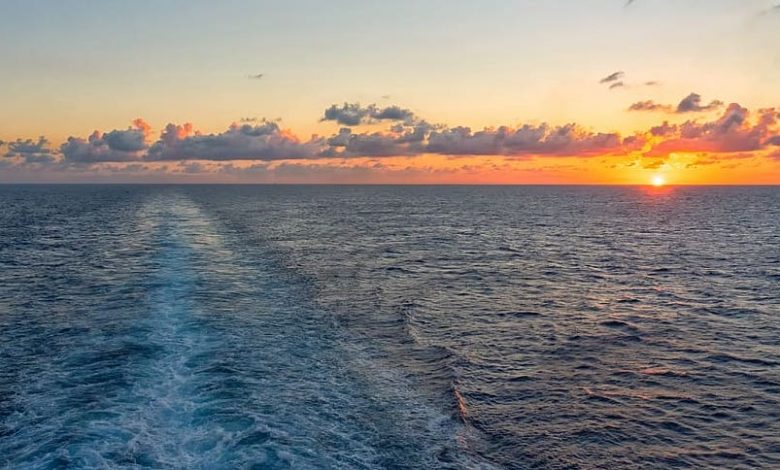Maritime CEO
Dalian Port: Northeast Asia hub?

Dalian: The history of Dalian port can be traced back to 1899 when it was first established and it had been under the rule of the former Russian Empire, Japan and later the former Soviet Union until 1951. Nowadays, it has been experiencing a fast development in the past decade and become one of fastest growing ports in China, serving as a major gateway in northeast China.
Dalian port ranked the seventh in both container throughput and total cargo throughput among Chinese ports in the year of 2012. It also leads the top Chinese ports in terms of container volume growth, with a year-on-year growth of 25.9%.
Currently Dalian port operates one of the largest crude oil terminals in China, with annual handling capacity of 80m tons and it is the most important distribution centre for oil products and liquid chemicals in northeast China.
It is also the largest container port in northeast China, its international container throughput accounts for nearly 97% of total throughput in the region.
Hui Kai became the president of Dalian Port Group in April last year. The 48-year-old’s CV includes spells at the Yingkou Port Authority, Dalian Port Authority and Dalian Development and Reform Commission.
“With the cooperation of ports, shipping companies and local governments in the hinterland, a much more completed shipping industrial chain and logistics system has now been established which has also strongly pushed the economy development in the northeast region,” says Hui.
Hui takes the fast developing automotive terminal of Dalian port for instance; it currently has an annual handing capacity of 500,000 vehicles, and has also occupied 99.5% of the market share in Northeast China in 2012. Now the port has set its sight on the whole Northeast Asia region, it has signed with Anji Automotive Logistics in April to develop an automotive logistics terminal on the north side of Dayaowan port area which is expected to become a logistics hub for complete vehicle and vehicle parts in Northeast Asia.
“Currently, both of the international and domestic economic situations are not very optimistic, obviously overcapacity is one of the biggest problems, and it is the trend that the vessels are getting larger. However, with every crisis also comes with opportunities, and larger vessels are one of our biggest opportunities, the excellent natural deepwater port of Dalian will completely adapt to this trend,” Hui says.
Hui is also well aware of the port’s inadequacies. “Although the development of Dalian International Shipping Centre has been gaining a lot of progress, Dalian Port still lacks competitiveness comparing with our main rival in Northeast Asia, Busan Port, especially in incentive policies like tax exemption and development of feeder liners. The government should offer more support in this area. Nearly 80% of cargoes from China to Busan are transit cargoes which have greatly constrained the development of ocean shipping routes and shipping hubs in China,” Hui warns
In this regard, Hui makes a number of suggestions. “Firstly,” he says, “Dalian port should become a pilot port of departure tax rebate, secondly promote incentive policies for international shipping in Dayaowan Bonded Area, we could learn from Shanghai port in this aspect; thirdly, the government should support the innovation of the ship finance industry in Dalian including encouraging experienced domestic and international shipping banks, financing institutions and insurance companies to establish branches in Dalian and the last thing is to establish a pilot program for bulk commodities transhipment in Dalian including oil products and ore products.
“In this situation, the port should no longer operate as an independent entity, and domestic ports should establish strategic alliances and seek joint operations and development,” he concludes. [09/05/13]
